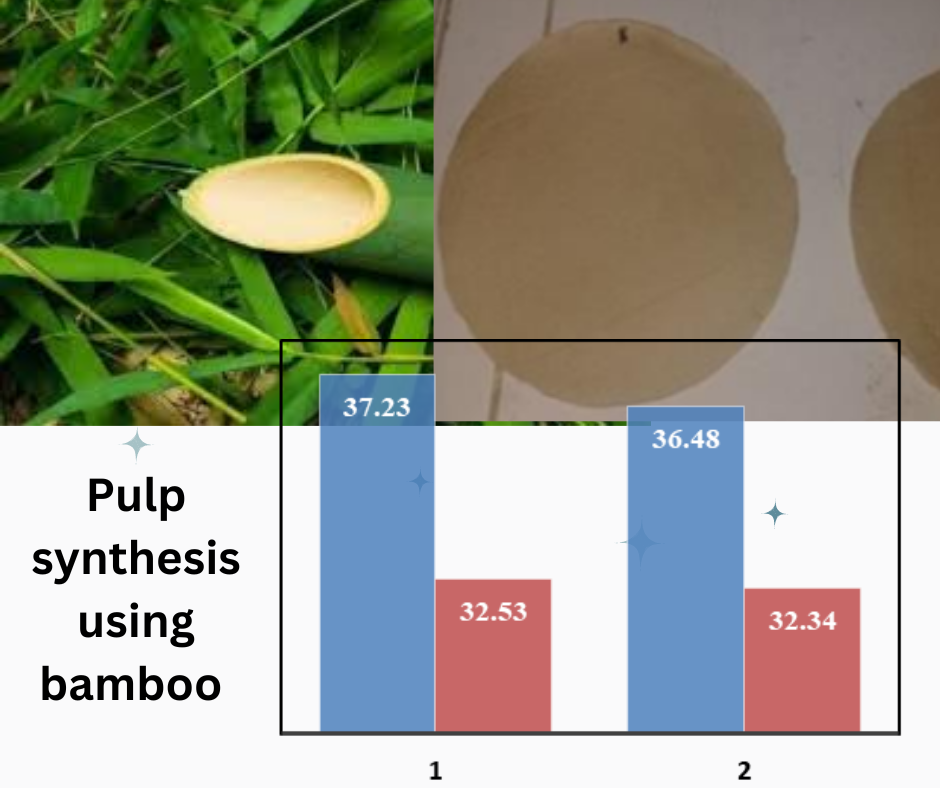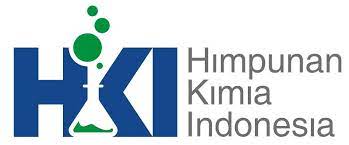
Pulp synthesis using bamboo raw materials through unbleached and bleached processes
DOI:
10.29303/aca.v6i1.135Published:
2023-02-11Issue:
Vol. 6 No. 1 (2023)Keywords:
Bamboo; Pulp; Kraft Pulping; Elemental Chlorine FreeArticles
Downloads
How to Cite
Siregar, S. H., Rahmadini, S. ., Hasmalina, N. ., Rizki, R. A. ., & Eri , K. (2023). Pulp synthesis using bamboo raw materials through unbleached and bleached processes. Acta Chimica Asiana, 6(1), 247–253. https://doi.org/10.29303/aca.v6i1.135
Downloads
Download data is not yet available.
Metrics
Metrics Loading ...






 Indonesian Chemical Society, Chapter Nusa Tenggara. Jalan Majapahit 62 Mataram, University of Mataram, 83125, Indonesia
Indonesian Chemical Society, Chapter Nusa Tenggara. Jalan Majapahit 62 Mataram, University of Mataram, 83125, Indonesia





